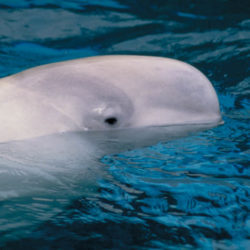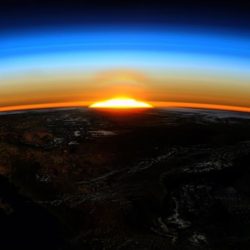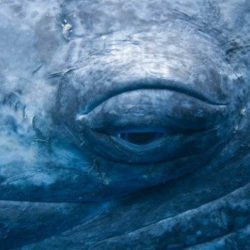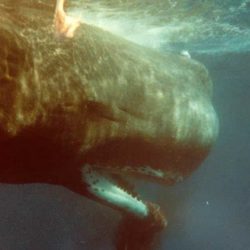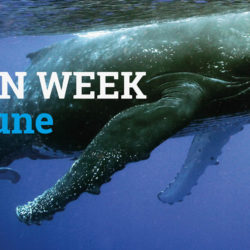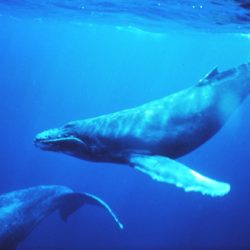
IWC67: Commercial whaling kept at bay, with all eyes on Japan’s next move
After a tense and sometimes turbulent two weeks in Florianopolis, Brazil, Ocean Campaigner Juliet Phillips reflects on the progress made during the 67th meeting of the International Whaling Commission (IWC67) and lifts the lid on arguments heard in support of the resumption of commercial whaling
- Areas of work:
- Campaigns:


